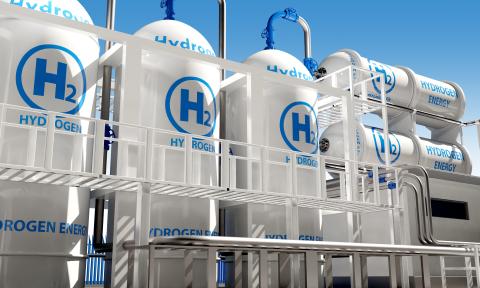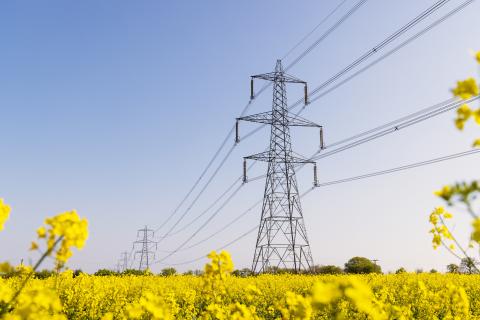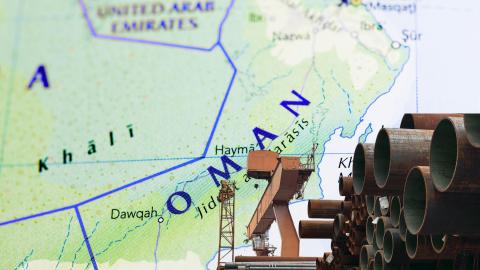IEEFA India: Distribution the weakest link in India’s power sector
16 March 2020 (IEEFA India): The precarious financial health of discoms coupled with a lack of competition is undermining India’s power distribution and generation sectors and hindering much needed new renewable energy investment, a new IEEFA briefing note has found.
Published by the Institute for Energy Economics and Financial Analysis (IEEFA), the note is the third in a series highlighting reforms needed across India’s power sector to enable the country to reach its ambitious and much needed renewable energy target of 450 gigawatts (GW) by 2030.
Discom reforms such as UDAY were initially encouraging
The note India’s Power Distribution Sector Needs Further Reform, finds power distribution sector is the weakest link in the entire value chain of the Indian power sector.
Author of the note, IEEFA energy analyst Vibhuti Garg says state-owned discoms continue to suffer huge financial losses which is a problem because they control the distribution of quality and reliable power to Indian households and businesses, a critical pre-requisite to sustained economic growth in India.
“Discom reforms such as UDAY were initially encouraging but the tariff gap and losses have rebounded in the last two years,” says Garg.
GARG SAYS DISCOMS’ ARE FAILING, ONCE AGAIN, TO MEET LONG OUTSTANDING PAYMENTS to power generators, up to Rs74,900 crore as on December 2019. Further, discoms’ total outstanding debt to banks and financial institutions is a massive Rs 2,28,000 crore in FY2018/19.
Obfuscating the depth of their financial distress, Garg notes discoms are curtailing power received from energy generators, including from zero marginal renewable energy projects they are contractually bound to take.
This situation is increasing the risk for power generators
Further, some state discoms are forcibly renegotiating legally contracted tariffs, which is introducing sovereign risk to India’s power sector.
“This situation is increasing the risk for power generators, including renewable energy generators and their financial backers,” says Garg.
“Unresolved problems in distribution are compounding existing financial distress in the power generation sector, which is already suffering significant, ongoing stranded asset risk.
“THE CRIPPLED DISCOM SECTOR MUST BE MADE PROFITABLE, cross-subsidies need to be reduced, and government subsidies better targeted to the poor.
Garg also suggests separating the distribution network as a whole
“Introducing competition and other reforms can help with that.”
Garg suggests extremely financially distressed discoms either privatise their operations or the states allow the entry of suitably qualified and/or capitalised private distribution entities willing to invest.
“Increased competition would drive power generators, distributors and electricity supply companies to develop technologies to increase efficiency, lower costs and increase the reliability of supply,” says Garg.
Garg also suggests separating the distribution network as a whole, making discoms responsible for network strengthening while the supply of reliable power should be given to electricity supply companies.
“THIS SEPARATION WOULD BRING IN A LEVEL OF TRANSPARENCY AND ACCOUNTABILITY now sorely missing in the power distribution sector,” says Garg.
This would encourage new global investment in domestic Indian manufacturing capacity
While discoms are being encouraged to install smart meters during the next three years, IEEFA recommends the establishment of a single national technical standard with a longer contract rollout timeframe. Initial ESSL work shows smart meters have strong paybacks from reduced grid losses, improved payment terms (including pre-payments) and improved customer service.
“This would encourage new global investment in domestic Indian manufacturing capacity in support of the “Make in India” strategy,” says Garg.
A third reform revolves around the Direct Benefits Transfer (DBT-P), yet to be introduced. IEEFA notes the program needs to be more effectively targeted to make it a better costed mechanism for subsidy disbursal.
“India needs to implement these reform measures in the distribution sector as it is the backbone of the electricity industry,” says Garg.
Read the report: India’s Power Distribution Sector Needs Further Reform
Media Contact: Kate Finlayson ([email protected]) +61 418 254 237
Author Contact: Vibhuti Garg ([email protected])
About IEEFA: The Institute for Energy Economics and Financial Analysis (IEEFA) conducts research and analyses on financial and economic issues related to energy and the environment. The Institute’s mission is to accelerate the transition to a diverse, sustainable and profitable energy economy. (www.ieefa.org)













